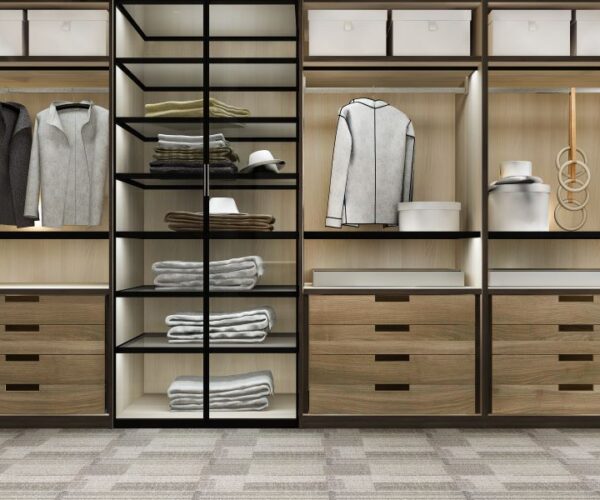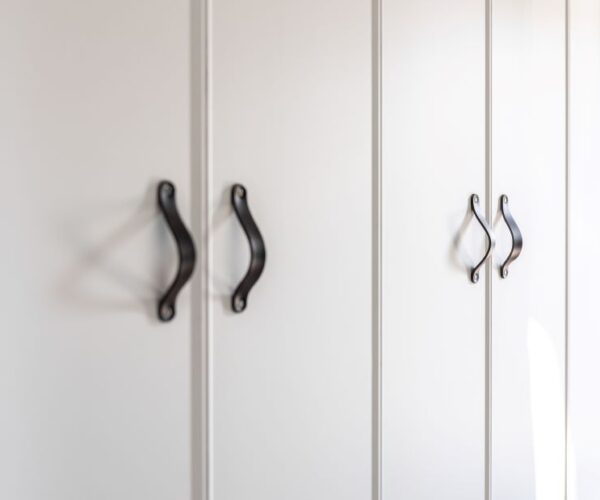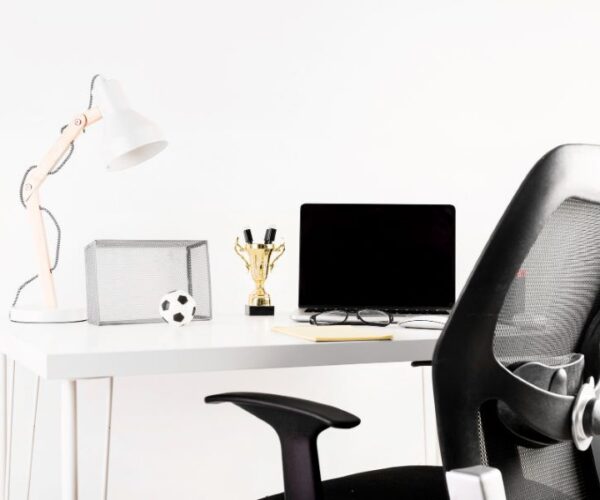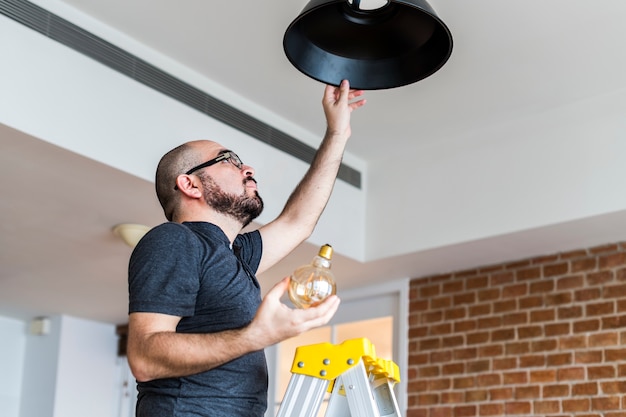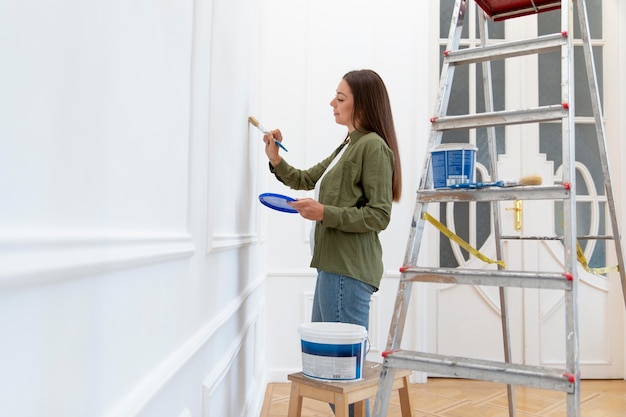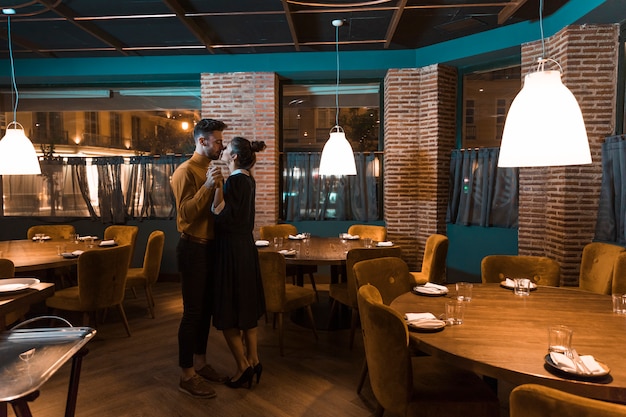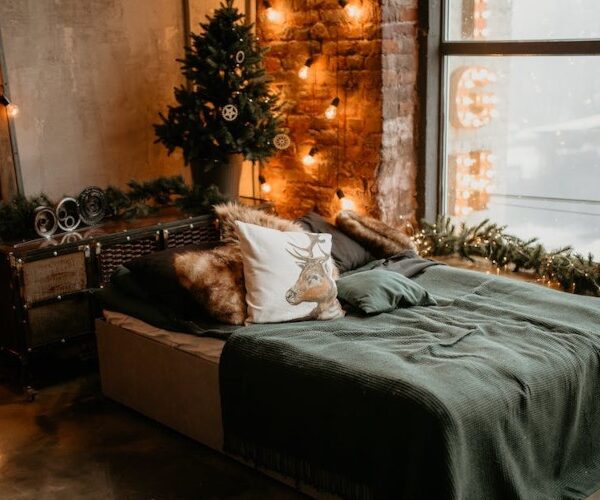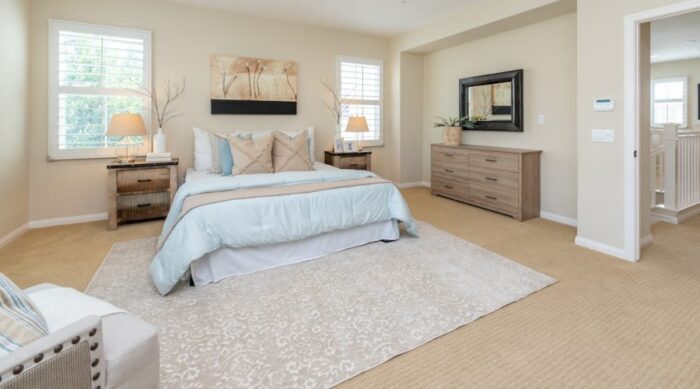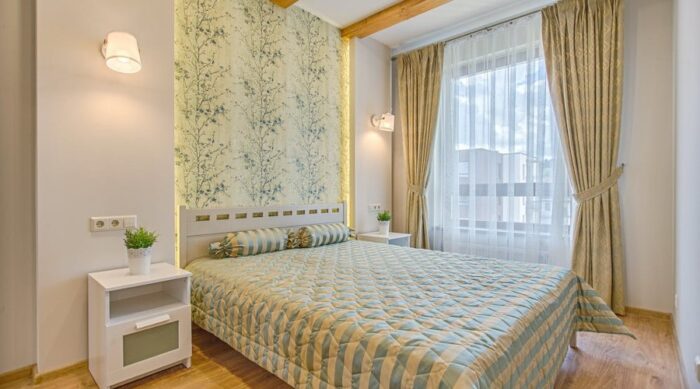In today’s fast-paced world, where every minute counts, convenience and efficiency have never been more critical. Technological developments are crucial in transforming our daily routines, particularly in interior design, where functionality and aesthetics are intertwined.
This article delves into the revolutionary field of innovative bedroom wardrobe technology. We are introducing the latest innovations aimed at streamlining our lives. We discover how automated lighting, motion sensors, and RFID tagging systems are improving and redefining how we interact with our personal space.
The evolution of wardrobe convenience
The journey of wardrobe convenience is a fascinating story of transformation – from humble, versatile storage units to the sophisticated, technology-rich systems that adorn our bedrooms today. We discover a world where simplicity meets innovation, changing our daily routines and interactions with our personal spaces.
Journey from traditional to technological
Gone are the days when bedroom wardrobes were just storage spaces. The evolution from simple wardrobes to sophisticated, technology-equipped furniture is a testament to the growing demand for more intelligent living solutions. These developments aim to improve the user experience by offering unparalleled convenience and efficiency in managing the cabinet’s contents.

Automated lighting – illuminating possibilities
One of the most outstanding features of today’s intelligent wardrobes is automatic lighting. This technology ensures that the lights switch on and off as doors open and close or motion is detected.
This provides visibility and adds a level of luxury to your bedroom wardrobe. It’s not just about seeing your clothes better; it’s also about the ambiance and practicality of a well-lit storage space where you don’t have to fiddle with switches.
Motion sensors – hands-free approach
Motion sensors are a new comfort tool, allowing hands-free use of devices, especially useful in tight spaces or when your hands are full. Imagine approaching a bedroom wardrobe with a laundry basket, and the door automatically opens or a drawer slides out at the slightest movement. This seamless interaction not only saves time but also improves the usability of your wardrobe, making it a brilliant part of your bedroom.
RFID tagging systems – revolutionizing organization
Integrating RFID (Radio Frequency Identification) tagging systems in wardrobes is one of the most innovative developments. This technology allows users to track and manage clothing items effortlessly.
Using RFID tags, you can quickly find a specific item of clothing without having to search through drawers and hangers. In addition, it offers inventory management capabilities, reminding you what has been cleaned and what needs to be washed or even suggesting clothing based on occasion or weather conditions.

Sustainability meets smart technology
At the dynamic intersection of sustainability and innovative technologies, a new era of eco-friendly innovations is emerging, changing how we interact with our environment and the gadgets that improve our lives. This rapprochement means not only streamlining our daily routines but also redefining them.
With a particular focus on reducing our impact on the environment. By exploring this symbiotic relationship, we are discovering revolutionary advances that promise not only to rationalize our existence but also to do so in a thoughtful way that preserves our planet for future generations.
Embracing eco-friendly solutions
When exploring technological improvements in bedroom wardrobes, it is essential to address the growing trend towards sustainability in interior design. Today’s eco-conscious consumers are looking for products that provide convenience and efficiency and have a minimal impact on the environment.
Manufacturers are responding by incorporating sustainable materials and energy-efficient technologies into their designs. This ensures that these smart bedroom wardrobes are good not only for the user but also for the planet.
Look into the future
When you consider the future of smart bedroom wardrobe technology, it’s clear that the possibilities are endless. From AI-powered personal stylists recommending everyday outfits, to augmented reality mirrors that allow you to try on clothes virtually.
The potential for innovation is enormous. These advances promise to simplify our lives even further, offering a level of convenience and personalisation never before imagined.
Conclusion
Finally, transforming the humble bedroom wardrobe into a technologically advanced, intuitive piece of furniture reflects our broader aspirations for more innovative and efficient living spaces. For Visualstudio.lv readers who are always at the forefront of interior design trends.
These innovations represent a leap towards a more comfortable lifestyle and help to combine functionality with style. By embracing these intelligent technologies, we are opening our homes to a future where every aspect is designed to improve our lives.
It makes every moment at home a testament to the beauty of intelligent design. Please although check out these articles:
- Perfect Wardrobe For Your Renovated Bedroom
- Maximizing Minimal Spaces – Closets For Compact Bedrooms

Sveiki,
Man ļoti patīk radīt jaunas lietas, un ja kādam tās var pārdod, tad tas ir ļoti forši. Veidoju mēbeles pēc pasūtījuma, kā arī nogādāju tās līdz pašām mājām.

